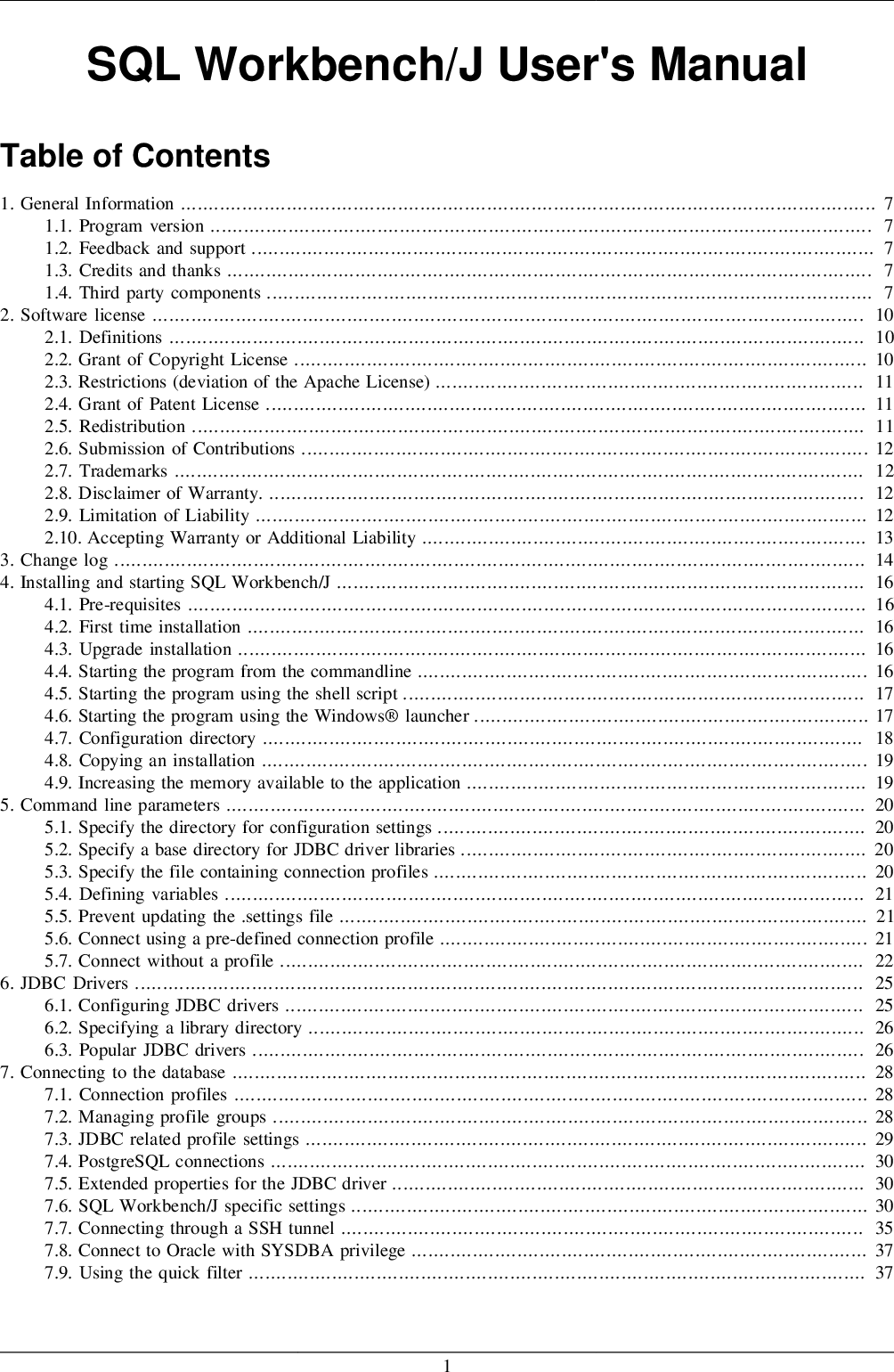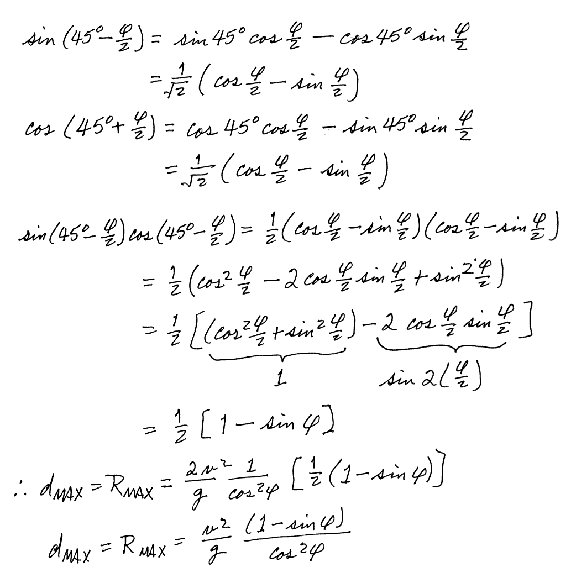Any text file with the .py extension containing Python code is principally a module. Functions outlined in built-in modules must be imported before use. On comparable lines, a custom module could have one or more user-defined Python objects in it. These objects can be imported within the interpreter session or another script. They contain variables and functions which define the category objects. At the identical time, modules are python applications that can be imported into one other python program. Importing a module permits the utilization of the module's features and variables into another program. Although modules and classes are very completely different, typically one may get confused between their functionalities. In this text, we shall understand the comparison between python class vs module. The idea of courses in such a way that we're able to embrace each public/private strategies and variables inside a single object, thus shielding specific parts from the global scope. What this results in is a reduction within the chance of our function names conflicting with different functions outlined in extra scripts on the page (Figure 9-2). The line my_rockets.append(Rocket()) is executed 5 occasions. Each time, a new Rocket object is created after which added to the listing my_rockets. The __init__() method is executed as soon as for each of these objects, so each object gets its own x and y value. A Haskell module is a set of related functions, types and typeclasses. A Haskell program is a collection of modules where the primary module loads up the opposite modules after which makes use of the features outlined in them to do something.
Having code split up into several modules has various advantages. If a module is generic enough, the functions it exports can be utilized in a mess of various applications. If your own code is separated into self-contained modules which do not rely on one another too much , you'll have the ability to reuse them in a while. It makes the entire deal of writing code extra manageable by having it split into a number of components, every of which has some type of purpose. The glory of Python, after all, is that it often makes even anti-patterns and compromises learn pretty elegantly in code. That's why there's a special technique to outline main method in python program, in order that it gets executed solely when this system is run immediately and not executed when imported as a module. Let's see how to define python main operate in a simple program. To use the module, you need to import it using the import keyword. The operate or variables current inside the file can be used in one other file by importing the module. This functionality is available in other languages, like typescript, JavaScript, java, ruby, and so on. It is customary however not required to position allimport statements initially of a module .
The imported module names are placed within the importing module's world image table. The relative paths of POSIX fashion are resolved in an OS impartial trend, which means that the examples above will work on Windows in the same means they would on Unix techniques. Separate namespaces are essential to making a programming language tractable. Upgrading a third-party module may break your whole program if the brand new model defined a new world that conflicted with yours. If the python source file is imported as module, python interpreter sets the __name__ value to module name, so the if condition will return false and major method is not going to be executed. Function names that begin and finish with two underscores are special built-in functions that Python makes use of in certain methods. The __init()__ method is certainly one of these particular functions. It is identified as routinely if you create an object out of your class. The __init()__ method lets you ensure that all relevant attributes are set to their correct values when an object is created from the category, before the thing is used. In this case, The __init__() method initializes the x and y values of the Rocket to 0. The keyword class tells Python that you're about to define a class. The rules for naming a category are the same rules you realized about naming variables, however there is a sturdy conference among Python programmers that classes should be named using CamelCase. If you would possibly be unfamiliar with CamelCase, it is a conference the place each letter that begins a word is capitalized, with no underscores in the name. The name of the class is followed by a set of parentheses. These parentheses might be empty for now, but later they could include a category upon which the new class is predicated. One of the primary stuff you do with a category is to define the _init_() method. The __init__() method sets the values for any parameters that need to be defined when an object is first created. The self half will be defined later; principally, it is a syntax that permits you to access a variable from wherever else within the class.
When the interpreter encounters an import assertion, it imports the module if the module is current in the search path. A search path is a listing of directories that the interpreter searches for importing a module. For example, to import the module calc.py, we have to put the following command at the prime of the script. After initialization, Python programs can modify sys.path. The listing containing the script being run is placed firstly of the search path, ahead of the standard library path. This signifies that scripts in that directory might be loaded as a substitute of modules of the same name within the library directory. Rust allows you to split a bundle into multiple crates and a crate into modules so you can discuss with gadgets defined in one module from one other module. You can do that by specifying absolute or relative paths. These paths could be brought into scope with a use assertion so you must use a shorter path for a number of uses of the item in that scope. Module code is non-public by default, however you can make definitions public by adding the pub keyword.
You can create a separate R script (.R file) for the module, both immediately in the app listing or in a subdirectory. Then name source("path-to-module.R") from international.R (if utilizing ui.R/server.R) or app.R. This will add your module capabilities to the worldwide surroundings. Provided require.cache isn't modified, multiple calls to require('foo')will not cause the module code to be executed a number of occasions. With it, "partially accomplished" objects may be returned, thus allowing transitive dependencies to be loaded even once they would trigger cycles. Modular programming seeks to create separate portions of a program with isolated performance. These smaller parts can be coded by completely different groups after which put collectively into the bigger program. In the Java programming language, a module is a distribution format combining the packages and the way they're distributed. Finally, library authors need to remember that a Python program that imports their library won't even use it! Never assume that simply because your code has been imported, it will be used. There are many situations the place a module will get imported by the way, because the dependency of yet additional modules, but by no means happens to get known as. By performing I/O at import time, you would impose expense and danger on hundreds of programs and tests that don't even need or care about your community port, connection pool, or open file. A class can have its own occasion, however a module cannot be instantiated.
We use the 'class' keyword to define a class, whereas to make use of modules, we use the 'import' keyword. We can inherit a particular class and modify it using inheritance. But whereas using modules, it's merely a code containing variables, functions, and classes. But python interpreter executes the source file code sequentially and doesn't call any method if it's not part of the code. But if it's directly part of the code then will in all probability be executed when the file is imported as a module. One of the targets of object-oriented programming is to create reusable code. Once you've written the code for a class, you can create as many objects from that class as you want. It is value mentioning at this level that classes are usually saved in a separate file, after which imported into this system you are engaged on. So you can build a library of courses, and use these classes over and over again in numerous applications. Once you understand a class works nicely, you possibly can go away it alone and know that the objects you create in a model new program are going to work as they at all times have. The syntax for courses will not be very clear at this point, but think about for a second how you would possibly create a rocket without using lessons. You would possibly store the x and y values in a dictionary, however you would have to write a lot of ugly, hard-to-maintain code to manage even a small set of rockets. To actually use a class, you create a variable such as my_rocket. Then you set that equal to the name of the class, with an empty set of parentheses. An object is a single occasion of the Rocket class; it has a replica of each of the class's variables, and it may possibly do any motion that's defined for the class. In this case, you can see that the variable my_rocket is a Rocket object from the __main__ program file, which is saved at a particular location in memory. We've checked out some cool modules up to now, however how will we make our own module? Almost each programming language lets you break up your code up into several information and Haskell is no totally different.
When making packages, it's good apply to take capabilities and types that work towards a similar objective and put them in a module. That way, you'll be able to easily reuse these functions in other packages by simply importing your module. There can be no performance difference between the 2 approaches. Yes, sys.argv has to search for two issues; it has to look up sys in your world namespace , then lookup the attribute argv. And sure, by using from sys import argv you probably can skip the attribute lookup, since you already have a direct reference to the attribute. But the import assertion nonetheless has to try this work, it seems up the identical attribute when importing, and you will only ever need to make use of argv as quickly as. If you had to use argv 1000's of instances in a loop, it might maybe make a distinction, however on this specific case it really doesn't. However, we determined to keep using .js, no much less than for the moment. To get modules to work accurately in a browser, you should make positive that your server is serving them with a Content-Type header that accommodates a JavaScript MIME kind such as text/javascript. If you don't, you may get a strict MIME sort checking error alongside the traces of "The server responded with a non-JavaScript MIME type" and the browser won't run your JavaScript. Most servers already set the correct type for .js information, but not but for .mjs recordsdata. Servers that already serve .mjs files accurately include GitHub Pages and http-server for Node.js. A module is python is the code written contained in the file, for example (test.py). Inside your file, you probably can have your variables, features, or your class outlined. The whole file turns into a module and may be imported inside another file to check with the code. For causes of efficiency, a module is simply loaded as soon as per interpreter session.
That is ok for operate and sophistication definitions, which usually make up the bulk of a module's contents. But a module can include executable statements as properly, often for initialization. Be conscious that these statements will solely be executed the first time a module is imported. Note that this doesn't make the module contents directly accessible to the caller. Each module has its own personal image desk, which serves as the global image table for all objects outlined within the module. Thus, a module creates a separate namespace, as already noted. The dir() built-in function returns a sorted list of strings containing the names outlined by a module. The listing accommodates the names of all of the modules, variables, and functions that are outlined in a module. We can import the functions, courses defined in a module to a different module using the import assertion in another Python source file. A Python module is a file containing Python definitions and statements. Grouping related code into a module makes the code easier to understand and use. A module is simply a Python file with a set of variables and performance definitions. A module facilitates code reusability since you can outline a perform in a module and invoke it from totally different applications as a substitute of getting to define the perform in each program. Although a module is mostly used for function and class definitions, it could also export variables and class cases. The above output exhibits that we defined and called the operate within the module. When the module is imported, it directly returns the result from the function with out having to invoke the perform. This conduct isn't always desired, but it's helpful for sure use-cases, like pre-loading knowledge from cache when the module is imported. Note that you simply solely have to load the contents of a file using a moddeclaration once someplace in your module tree.
In other words, mod is not an "include" operation that different programming languages have. The module.exports object is created by the Module system. Sometimes this is not acceptable; many need their module to be an occasion of some class. To do that, assign the specified export object to module.exports. Assigning the desired object to exports will merely rebind the native exports variable, which might be not what is desired. For example,require('./foo') and require('./FOO') return two totally different objects, no matter whether or not or not ./foo and ./FOO are the same file. In order to make modules available to the Node.js REPL, it may be helpful to also add the /usr/lib/node_modules folder to the $NODE_PATH surroundings variable. Since the module lookups using node_modules folders are all relative, and based on the real path of the files making the calls torequire(), the packages themselves may be anywhere. The module-level scope defines features, classes, gentle objects, and variables. Here, different parts of the code are unable to immediately read the value of our incrementCounter() or resetCounter(). Our strategies are effectively namespaced so within the test section of our code, we have to prefix any calls with the name of the module (e.g., testModule). It should be famous that there isn't actually an explicitly true sense of "privacy" inside JavaScript as a result of not like some traditional languages, it doesn't have access modifiers.
Variables can't technically be declared as being public nor private, and so we use perform scope to simulate this concept. Within the Module sample, variables or strategies declared are solely out there contained in the module itself, because of closure. Variables or methods defined within the returning object, nevertheless, can be found to everybody. Then, we shall create another python file named 'test.py'. Inside test.py, we are going to import the module Person utilizing the import statement. Modules in Python are recordsdata with a .py extension using which we can reuse components inside that file. When we create a python program, the program could comprise inside it features, variables, and even classes. When a python program is executed, python interpreter begins executing code inside it. It additionally sets few implicit variable values, considered one of them is __name__ whose value is ready as __main__. First of all, you may have no concept what all of the names of the lessons and capabilities in a module are. If you by accident give certainly one of your variables the same name as a name from the module, you will have naming conflicts. Also, you might be importing far more code into your program than you need. This might seem a little easier to learn, however it is preferable to make use of the super() syntax. When you employ super(), you needn't explicitly name the father or mother class, so your code is extra resilient to later changes. This express strategy to calling the father or mother class' __init__() operate is included in order that you'll be much less confused when you see it in someone else's code. Moreover there is a help class, the AbstractFileSystem that most of the people offering filesystem implementations are subclass. People who write the personal filesystem implement these interfaces more usually than not and might use a number of interface inheritance.
































































